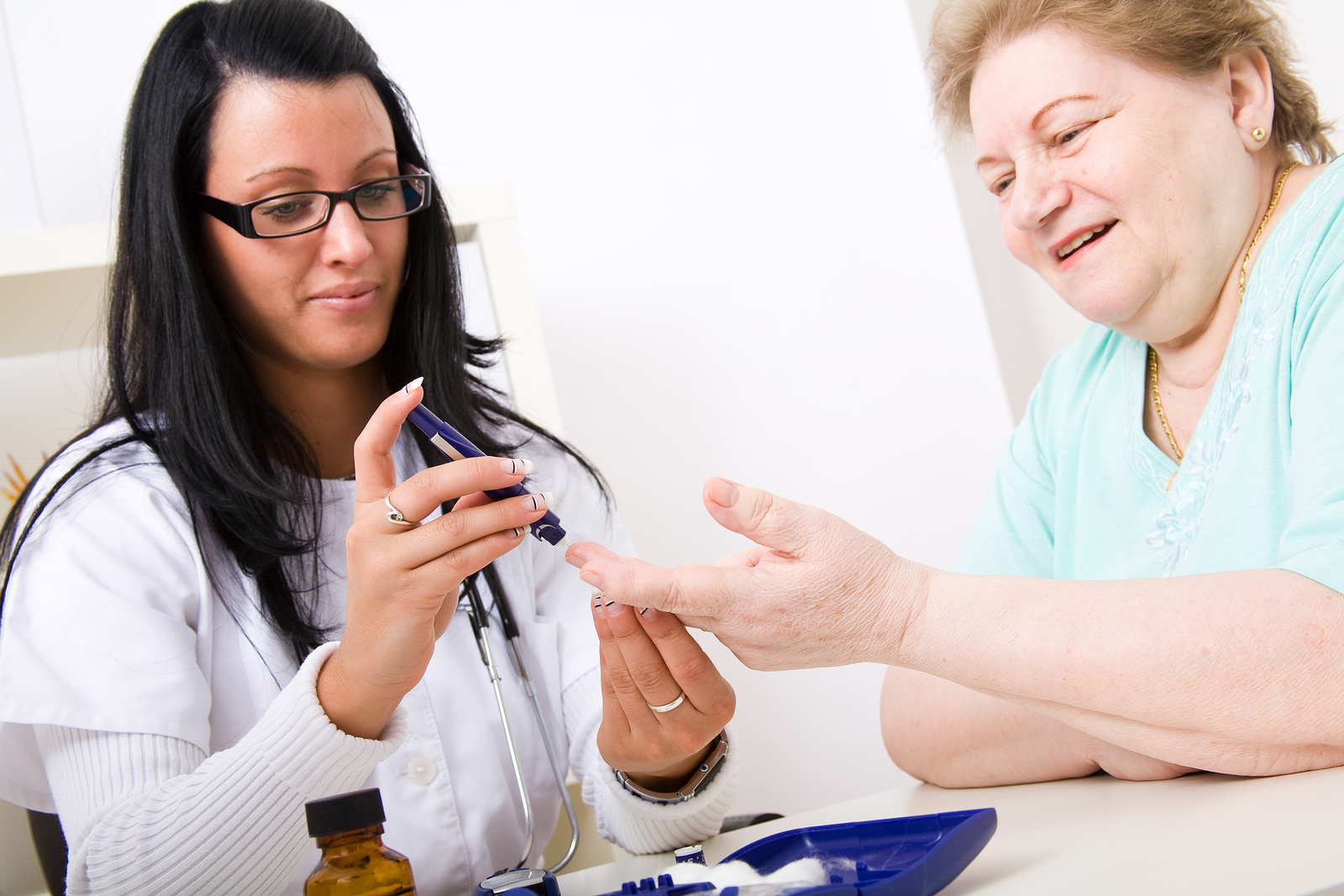
The theme for World Diabetes Day 2019 is The Family and Diabetes.
What Is Diabetes?
Diabetes is a disease that affects the body’s ability to produce or respond to insulin, a hormone that allows blood glucose (blood sugar) to enter the cells of the body and be used for energy. Women and Diabetes falls into two main categories: type 1, which usually occurs during childhood or adolescence, and type 2, the most common form of the disease, usually occurring after age 45.
How Does Diabetes affect Women?
Approximately 8.1 million or 8.2% of all women in the United States have diabetes, however, about a third of them do not know it. With its complications — blindness, kidney disease, amputations, heart attack and stroke — diabetes is the seventh-leading cause of death (sixth-leading cause of death by disease) in the United States.
Females with diabetes have an increased risk of vaginal infections and complications during pregnancy. For women who do not currently have diabetes, pregnancy brings the risk of gestational diabetes. Gestational diabetes develops in 2% to 5% of all pregnancies but disappears when a pregnancy is over. Women who have had gestational diabetes are at an increased risk for developing type 2 diabetes later in life.
Women and Diabetic Complications

- The risk of diabetic ketoacidosis (DKA) is 50 percent higher among women than men. DKA, often called diabetic coma, is a condition brought on by poorly controlled diabetes and marked by high blood glucose levels and ketones (by-products of fat metabolism in the blood). Although it is accompanied by high blood glucose levels, DKA is not caused by high blood sugar; it is caused by lack of insulin. Before insulin therapy was available, DKA was the predominant cause of death from diabetes.
- Diabetic women are 7.6 times as likely to suffer peripheral vascular disease (PVD) than non-diabetic women. PVD is a disorder resulting in reduced flow of blood and oxygen to tissues in the feet and legs. The principal symptom of PVD is intermittent claudication (pain in the thigh, calf, or buttocks during exercise).
- Intermittent claudication is associated with a three- to four-fold increased risk of coronary heart disease, stroke, or cardiac failure in women with diabetes.
Pregnancy and Diabetes
- Pregnancy demands more insulin in the body than normal because of the increased production of hormones that can lead to insulin resistance. For women with diabetes, excellent blood glucose control before conception and then throughout pregnancy is vital to the health of the baby and the mother.
- The rate of major congenital malformations in babies born to women with preexisting diabetes varies from 0 to 5 percent among women who receive preconception care to 10% among women who do not receive preconception care.
- Between 3 to 5 percent of pregnancies among females with diabetes result in death of the newborn within 28 days. This compares to a rate of 1.5% for women who do not have diabetes.
- Macrosomia, large birth weight, occurs 2 to 3 times more often in diabetic pregnancies as in the general population. Because of the increased risk of fetal macrosomia, women with diabetes are 3 to 4 times more likely to have a cesarean section.
- Females with diabetes are up to 5 times as likely to develop toxemia (a disorder of unknown cause usually marked by hypertension, protein in the urine, edema, headache, and visual disturbances) and hydramnios (excessive amounts of amniotic fluid) as women without diabetes.
- Approximately 2 to 5 percent of all non-diabetic pregnant women develop gestational diabetes, a form of diabetes that occurs only during pregnancy.
- Approximately 40 percent of women with gestational diabetes who are obese before pregnancy develop type 2 diabetes within 4 years. The chance of developing diabetes during this same period is lower if the women are less overweight.
Diabetes and Birth Control
- Birth control pills can affect blood glucose levels and diabetes control.
- The intrauterine device (IUD) may lead to infections. Because women with diabetes are already at a higher risk of infection, most should not use the IUD.
What Is Needed?
In ideal circumstances, diabetic women will have their disease under good control and be monitored frequently by a health care team knowledgeable in the care of diabetes.
-
Patient education is critical.
People with diabetes, with the help of their health care providers, can reduce their risk for complications. If they are educated about their disease, they can learn and practice the skills necessary to better control their blood glucose levels as close as to the normal range.
-
Health care team education is vital.
Because people with diabetes have a multi-system chronic disease, they are best monitored and managed by highly skilled health care professionals trained with the latest information on diabetes. A team approach to treating and monitoring the complex facets of this systemic disease serves the best interests of the patient.
- Non-diabetic pregnant women should be checked for gestational diabetes between the 24th and 28th weeks of pregnancy unless they are in the low risk category. This category includes women who are less than 25 years of age, have no family history of diabetes, have a normal body weight and are not a member of an ethnic/racial group with high prevalence of this disease (i.e., Latina, African American, Native American, and Asian.)